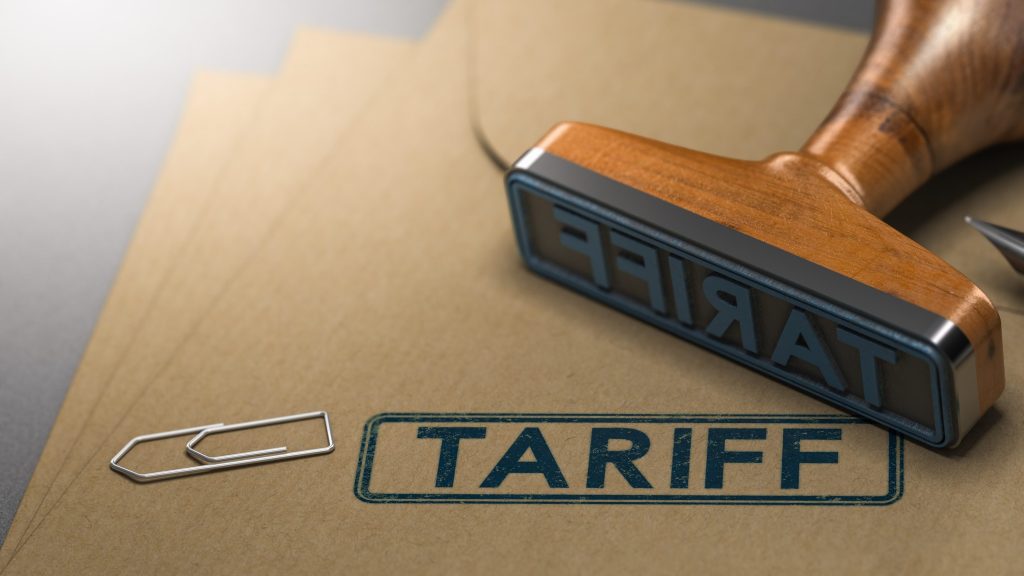Uncertainty surrounding reciprocal tariffs has been prolonged with President Trump recently extending the previously announced 90-day pause. Due to end July 9, the pause on reciprocal tariffs has been extended until Aug. 1. Additionally, the administration announced a 50% tariff on copper.
Amid the uncertain tariff landscape, material suppliers have raised prices and builders and contractors have had difficulty pricing out jobs.
“Our surveys have indicated thus far builders have reported on average about an $11,000 impact from building material suppliers who have raised prices either due to tariffs in place now or in the expectation of tariff policy that is coming,” NAHB chief economist Rob Dietz recently told BUILDER.
NAHB’s Aprill Housing Market Index (HMI), released in May during the 90-day pause on reciprocal tariffs, found suppliers increased their prices by approximately 6.3%.
The new tariff on copper—slated to go into effect Aug. 1 as well—is part of the administration’s effort to drill down on specific sectors and the 50% level is in line with rates enacted on steel and aluminum in June. According to the NAHB, the U.S. imports nearly half of its copper which is used in several consumer goods, including electronics and housing applications.
The administration has also sent letters to several nations, including South Korea and Japan, suggesting tariff rates will be raised unless agreements can be reached. Tariffs on South Korean and Japanese goods are of particular interest to the housing sector due to the high volume of appliances, electronic products, and construction machinery imported from the two countries.
In the interim period, the blanket tariff rate of 10% that has been applied to all nations since April remains in effect.
“Thus far, we are in this uncertain moment where we don’t know what this tariff regime is going to look like. Some tariffs are in place, some are on pause,” Dietz says. “Three-quarters of our builders in our Housing Market Index survey have reported some difficulty in assigning prices to new homes because of factors around cost. That is a reflection of the uncertainty that is taking place.”
Lumber Tariffs
In March, the administration launched a Section 232 investigation focusing on whether lumber imports constitute a threat to national security—a notion strongly disputed by the NAHB.
“Our housing crisis is a bigger threat to national security than imported lumber or timber,” the NAHB stated in a letter submitted to Commerce Secretary Howard Lutnick. “Lumber from Canada simply does not present the same national security threat as oil from the Middle East or steel, aluminum, rare earth minerals, or advanced computing chips from China. The threat to national security comes from our nation’s housing crisis, not imported lumber.”
According to the NAHB, the U.S. imports roughly one-third of the lumber it consumes because domestic production of timber and lumber is insufficient to meet domestic demand.
“Even if the United States could eventually produce sufficient timber, it would take many years to build the necessary infrastructure to turn that timber into lumber,” according to the NAHB’s letter.
The NAHB met with the Commerce Department in early July to reiterate its message and express that additional tariffs, quota, or trade restrictions would further undermine national security by exacerbating the current housing shortage.



